Why Elvis Presley is still king in the art market
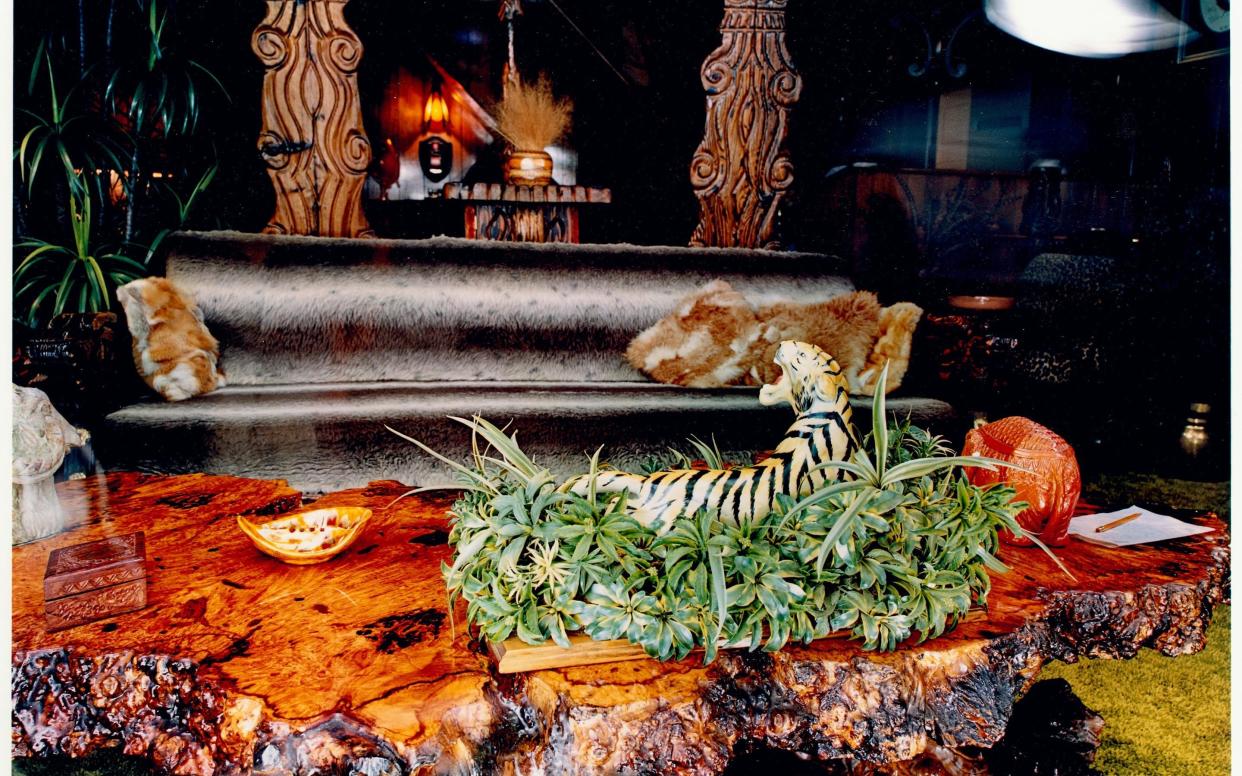
- Oops!Something went wrong.Please try again later.
- Oops!Something went wrong.Please try again later.
- Oops!Something went wrong.Please try again later.
Elvis Presley may have died more than 40 years ago, but his memorabilia market lives on. Last week, an otherwise unremarkable electric guitar he used sold for $650,000 (£468,400). In 2018 an 18-karat white gold and diamond Omega wristwatch, given to him when he sold his 75-millionth record, sold for $1.8 million at Phillips in New York.
On Thursday, Phillips will have another brush with Presley magic, only this time the objects for sale were not owned by "The King"; they are photographs of the interiors of Graceland, his mansion in Memphis, taken after he died. And they are no ordinary snapshots. Estimated to fetch between $180,000 and $280,000 for a set of 11 - more than Graceland cost Elvis to buy - the images were taken by William Eggleston, the godfather of colour photography as an art form.
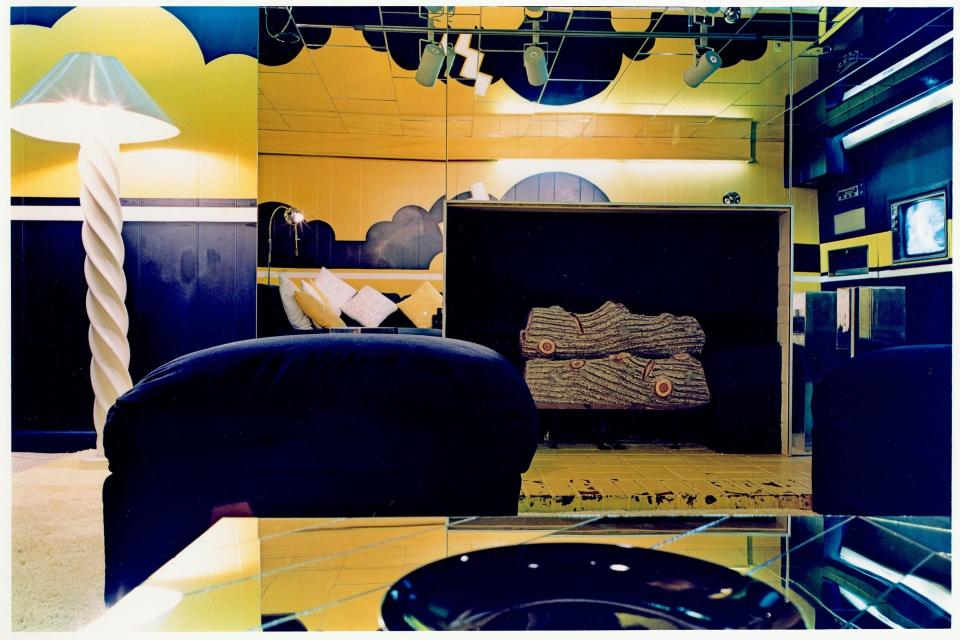
Before Eggleston, colour photography was only used for commercial work - advertising and the like. With his quirky viewpoints, and the saturated colours produced by dye transfer printing, Eggleston showed it could be art.
He was in his early 40s in 1983, six years after Elvis died, when he was approached by Priscilla Presley to photograph Graceland. It is tempting to think that she had consulted a mutual friend, Andy Warhol, on whom to approach. Like Elvis, Eggleston was a Memphis boy, and had also achieved some notoriety with an exhibition at the Museum of Modern Art in New York. The house had just been opened to the public and people were pouring in.
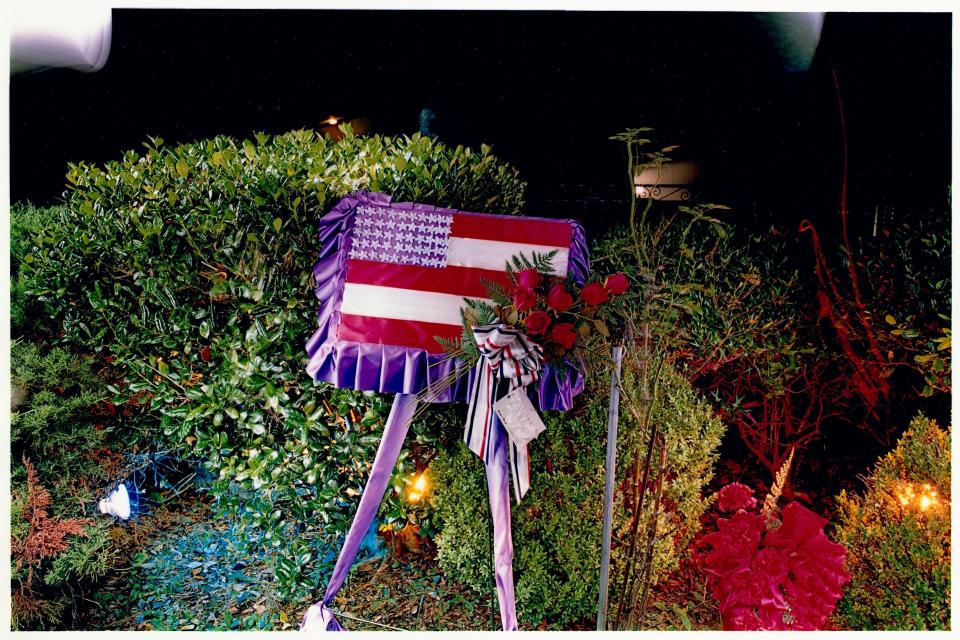
After the White House, Graceland is said to be the most visited house in America. Naturally, the Presley estate was opening a gift shop and wanted a book of photographs to sell. They were also doing all they could to counter the adverse effects of Albert Goldman's recently published and damaging biography of the singer.
"All through our conversations," Eggleston told The Washington Post at the time, "I was kind of asked to present it in... I don't know what the right word is... not to Goldmanise it."
The results were respectful, but unexpected. Once past the gaudy entrance gates and pink-stone surrounding wall, and behind the imposing colonial-style portico, here is a world of endless mirrored surfaces, white marble busts and monkeys, TV and snooker rooms.
Typically, Eggleston allows only a glimpse of a corner of the TV room where an old 1950s monitor stands against what look like permanently closed gold curtains (Elvis had three TVs, one for each channel, running continuously). Here and there are pictures of "The King" on the wall, just to remind us where we are.
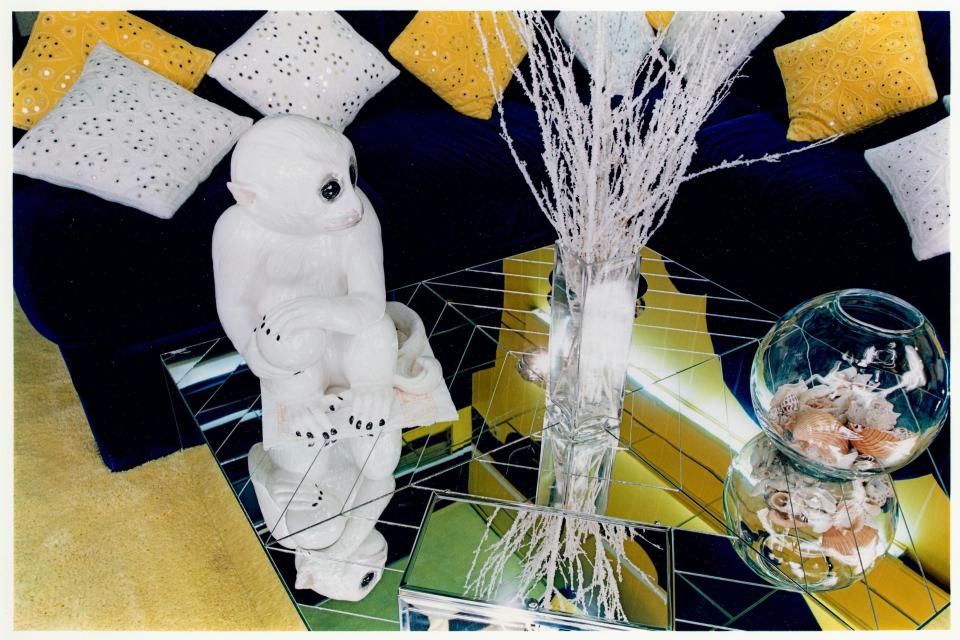
Why he was chosen, Eggleston never quite understood; he wasn't a commercial, celebrity or documentary photographer. "I couldn't imagine they'd seen my work," he said. Nor was he an Elvis fan. He'd never been to view the house as most of his fellow Memphis residents had, and when he was invited, he had to attend a guided tour to check out its potential.
But something about the place fascinated him. Once he had accepted, he chose to work by night when there was no one around. For two and a half months he maintained a ghoulish vigil from 9pm to 9am in this strange, kitsch mausoleum - "King Tut's tomb", as one critic put it.
Eggleston was given access to every part of the 23-room mansion except Elvis's bedroom. "Nobody's allowed there," said Eggleston, "even the people who run the place. It's bolted, locked, the stairwell's walled off. It's exactly as if someone had left the day before."
He was struck by its size - not as big as you might anticipate, but big for poor Southerners, as the Presleys had been. Anyway, it was not grandeur he was looking for, but atmosphere. "There was something oppressive about the environment," he told The Washington Post.
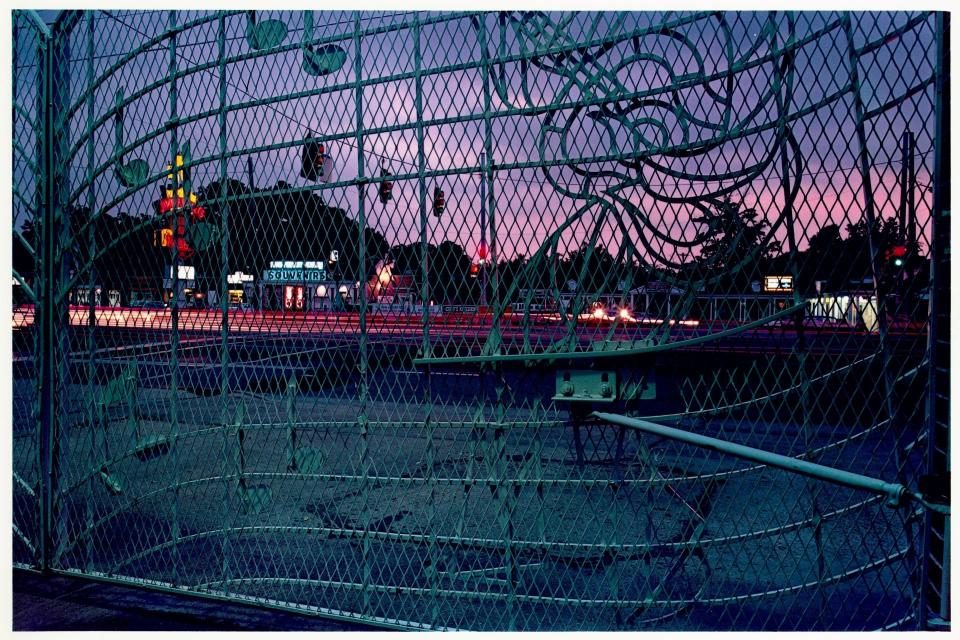
Of the countless photographs Eggleston took, 11 were selected by the estate for a portfolio of 15 x 22in prints that was made in an edition of 31. A boom in fine art photography, typified by the success of Andreas Gursky or Cindy Sherman, was just beginning. The starting price for the portfolio was $20,000, since when the Eggleston market has grown. In 2012, his five-foot image of a tricycle sold for $600,000, and the following year a copy of the portfolio sold for $192,000.
But since 2017, the photography market at auction has been slipping. Whether the Elvis factor can help Eggleston buck that trend will be interesting to see.
Sign up for the Telegraph Luxury newsletter for your weekly dose of exquisite taste and expert opinion.

